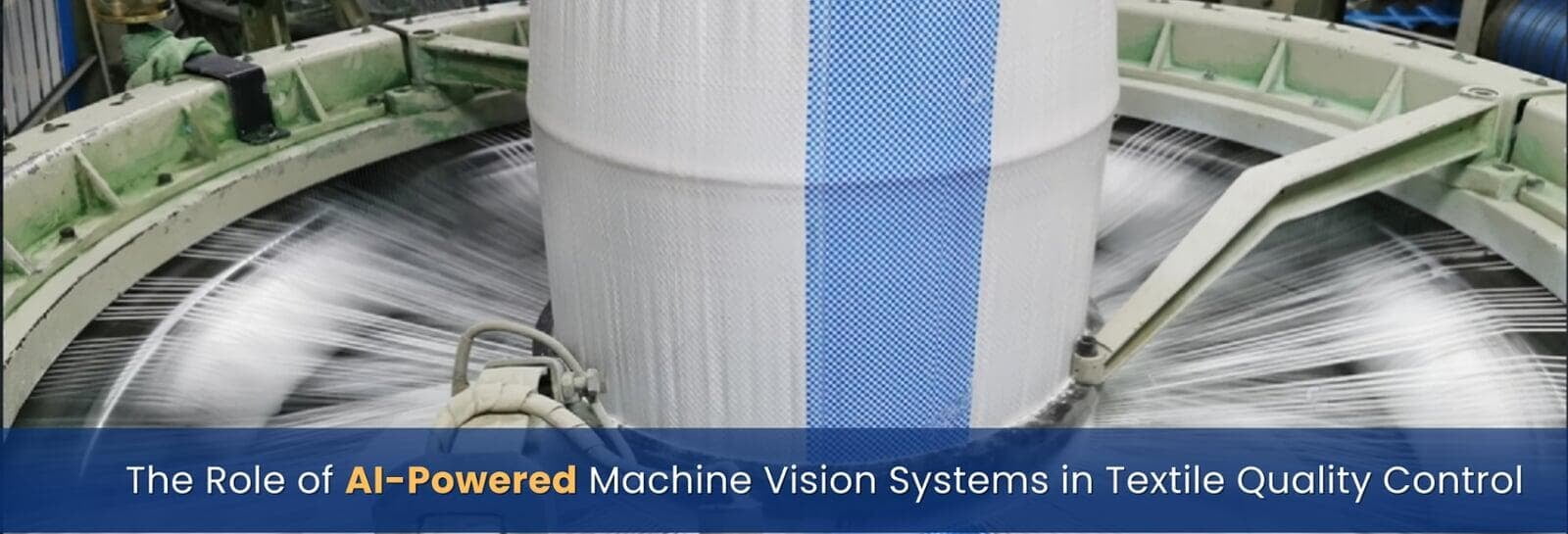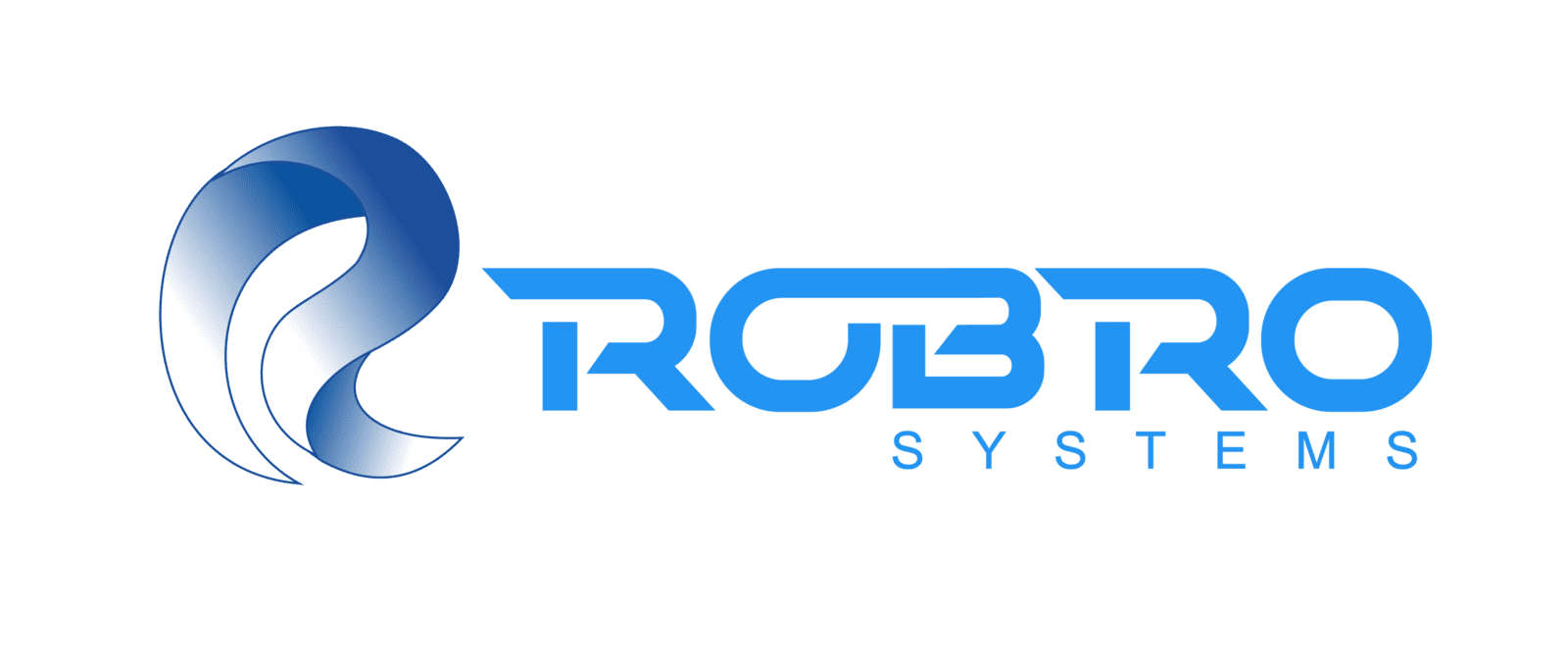
Key Features
- Machine vision technology offers automated, real-time inspection in textile manufacturing, ensuring consistent quality and reducing manual intervention.
- Advanced vision systems can detect minute defects such as fiber misalignment, uneven coatings, or surface irregularities, enhancing product reliability.
- Integration of AI with machine vision allows for adaptive learning, enabling systems to improve inspection accuracy over time.
- Use of high-resolution cameras and sensors provides detailed imaging, making it possible to identify defects that are invisible to the human eye.
- Robro Systems’ Kiara Web Inspection System (KWIS) utilizes machine vision to inspect technical textiles like tire cord and conveyor belt fabrics with precision.
- Implementing machine vision solutions in textile production has shown up to a 30% increase in defect detection rates and a reduction in rework costs.
- Machine vision in textiles contributes to sustainability by reducing material waste through precise inspection and minimizing the production of defective products.
Understanding Machine Vision in the Textile Industry
Industry Insights: Why Machine Vision Matters
With the global textile market growing rapidly, estimated to reach USD 1,230 billion by 2027, the demand for efficient production processes and high-quality output has never been greater. Customers expect defect-free fabrics, and meeting these expectations requires a robust inspection process that can keep up with the pace of production. Machine vision systems help us address these challenges by automating inspections and providing real-time insights into the quality of the fabric.
According to a report by MarketsandMarkets, the machine vision market in the industrial sector is projected to reach USD 14.9 billion by 2026, driven by the adoption of these systems in industries like textiles for quality control and process automation. This growth reflects the increasing recognition of machine vision's ability to boost efficiency, reduce waste, and ensure consistent product quality.
Technical Advantages of Machine Vision in Web Inspection
1) High-Speed Analysis
Machine vision systems can inspect fabrics at high speeds without compromising accuracy, making them ideal for continuous production lines. For example, during the inspection of technical textiles like tire cord fabrics, a machine vision system can identify defects in real time, preventing defective materials from reaching the next production stage.
2) Automated Defect Classification
With the help of advanced algorithms, machine vision systems can classify defects like holes, color variations, or surface irregularities. This allows manufacturers to prioritize repairs or adjustments based on the severity of the defects.
3) Non-Contact Inspection
Machine vision technology offers non-contact inspection, meaning it does not physically interact with the fabric. This is crucial for delicate or high-value materials where any physical touch could cause additional damage or alter the fabric's properties.
4) AI and Machine Learning Integration
Integrating AI with machine vision enables systems to learn from past data and improve defect detection over time. For example, Robro Systems' Kiara Web Inspection System (KWIS) uses AI-driven algorithms to enhance detection capabilities, adapting to new defect patterns that may emerge during production.
Robro Systems' Impact on Textile Manufacturing
Adopting machine vision technology has significantly improved our production processes as a textile manufacturer. Partnering with Robro Systems, we implemented their KWIS solution, tailored specifically for the technical textiles we produce, such as conveyor belt fabrics and coated materials. The impact on our quality control process was immediate.
1) Increased Defect Detection Accuracy
With KWIS, saw a 25% improvement in defect detection accuracy compared to manual inspection methods. For instance, in a batch of conveyor belt fabric, the system detected micro-tears that manual inspection would have missed, allowing to correct the issue early and avoid downstream quality failures. This reduced our material waste and ensured that only high-quality products reached our customers.
2) Real-Time Monitoring and Alerts
One of the most valuable features of machine vision is real-time monitoring. KWIS provides instant alerts whenever a defect is detected, allowing it to act immediately.
3) Cost Savings and Return on Investment
Implementing machine vision technology has also translated into significant cost savings for manufacturers. According to a study by the International Journal of Advanced Manufacturing Technology, machine vision can reduce defect-related production costs by up to 30%. For manufacturers, this has meant reducing the costs associated with rework and waste and minimizing customer returns and complaints.
The Future of Machine Vision in Textile Quality Control
The benefits of machine vision in the textile industry extend beyond immediate cost savings and efficiency gains. With AI, machine learning, and imaging technology advancements, machine vision systems are becoming smarter and more adaptive. For example, systems can now inspect multi-layer fabrics or complex patterns, making them suitable for emerging materials in technical textiles like graphene-based fabrics or smart textiles with embedded sensors.
Moreover, as sustainability becomes a key focus in the textile industry, machine vision reduces waste and optimizes resource usage. By catching defects early in production, manufacturers can ensure that only the required material is used, aligning with environmental and sustainability goals.
Conclusion
For any textile manufacturer aiming to remain competitive in today's market, machine vision technology is no longer optional—it's a necessity. It provides the precision and speed to meet the increasing demands for high-quality, defect-free products. With solutions like Robro Systems' KWIS, manufacturers can automate their inspection processes, reduce waste, and deliver consistent results that build customer trust.

